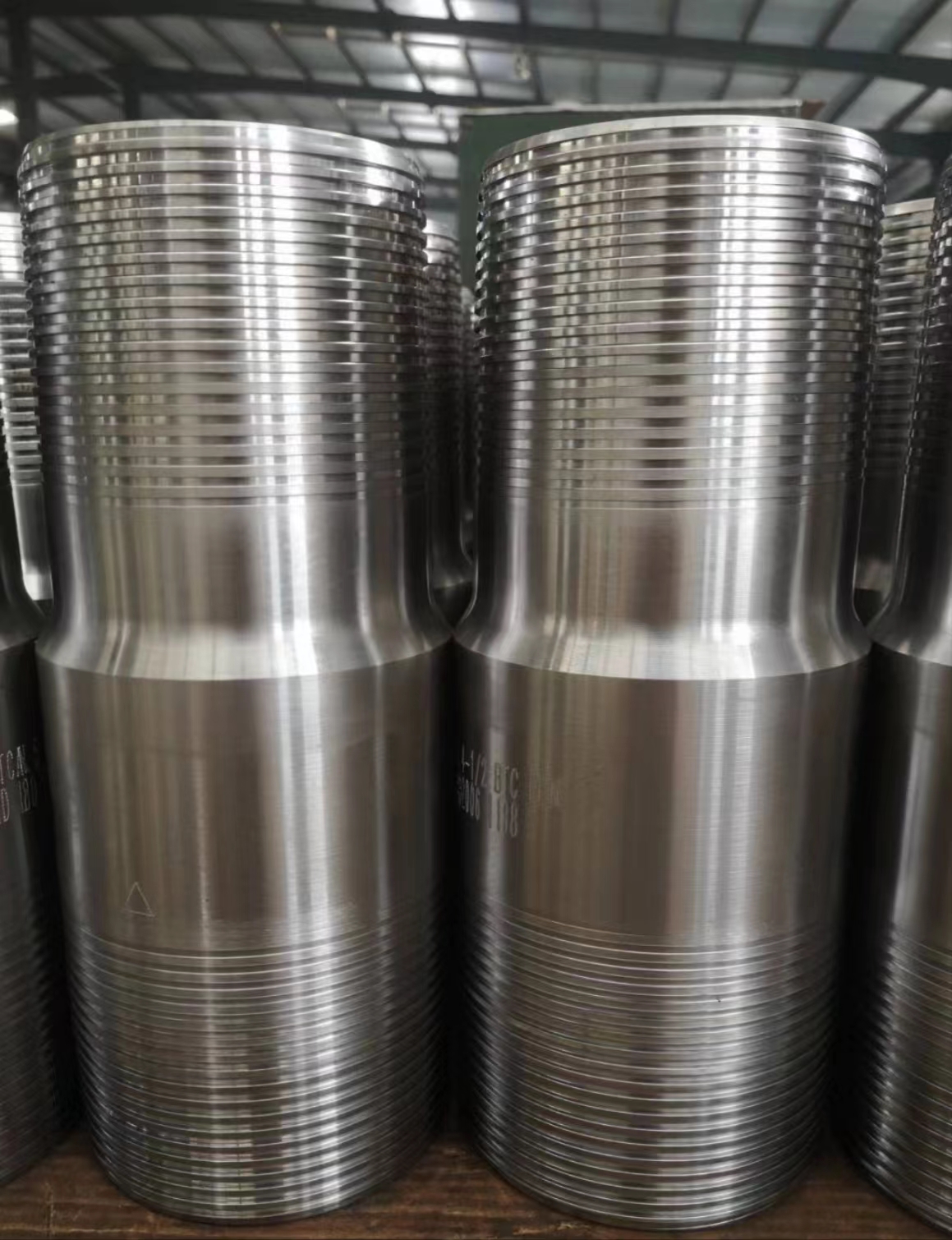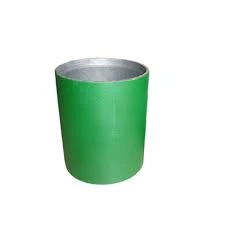- Afrikaans
- Albanian
- Amharic
- Arabic
- Armenian
- Azerbaijani
- Basque
- Belarusian
- Bengali
- Bosnian
- Bulgarian
- Catalan
- Cebuano
- Corsican
- Croatian
- Czech
- Danish
- Dutch
- English
- Esperanto
- Estonian
- Finnish
- French
- Frisian
- Galician
- Georgian
- German
- Greek
- Gujarati
- Haitian Creole
- hausa
- hawaiian
- Hebrew
- Hindi
- Miao
- Hungarian
- Icelandic
- igbo
- Indonesian
- irish
- Italian
- Japanese
- Javanese
- Kannada
- kazakh
- Khmer
- Rwandese
- Korean
- Kurdish
- Kyrgyz
- Lao
- Latin
- Latvian
- Lithuanian
- Luxembourgish
- Macedonian
- Malgashi
- Malay
- Malayalam
- Maltese
- Maori
- Marathi
- Mongolian
- Myanmar
- Nepali
- Norwegian
- Norwegian
- Occitan
- Pashto
- Persian
- Polish
- Portuguese
- Punjabi
- Romanian
- Russian
- Samoan
- Scottish Gaelic
- Serbian
- Sesotho
- Shona
- Sindhi
- Sinhala
- Slovak
- Slovenian
- Somali
- Spanish
- Sundanese
- Swahili
- Swedish
- Tagalog
- Tajik
- Tamil
- Tatar
- Telugu
- Thai
- Turkish
- Turkmen
- Ukrainian
- Urdu
- Uighur
- Uzbek
- Vietnamese
- Welsh
- Bantu
- Yiddish
- Yoruba
- Zulu
កុម្ភៈ . 10, 2025 21:57
Back to list
pipe bull plug
Pipe bull plugs, an integral component in the industrial pipeline sector, have seen significant evolution over the years. These components are critical for ensuring the safe and efficient functioning of various systems, including those found in oil and gas, chemical processing, and water treatment plants. The rising demand for enhanced safety measures and operational efficiency has necessitated the development of bull plugs that meet stringent industry standards.
Selecting the appropriate bull plug for your pipeline system involves considering several factors. Firstly, understanding the operational environment is crucial. For instance, a bull plug operating in an offshore oil rig will require different specifications compared to one used in a municipal water supply system. Factors such as pressure, temperature range, and the type of fluid being transported must all be considered. Moreover, compliance with industry standards and regulations cannot be overlooked. Always ensure that the bull plugs meet the latest safety and performance standards, such as those outlined by the American Petroleum Institute (API) or the International Organization for Standardization (ISO). Expert Recommendations Experienced engineers and industry specialists advocate for thorough training of personnel in the installation and maintenance of pipe bull plugs. Regular inspections and pressure tests are recommended to ensure the plugs remain in optimal condition. This proactive approach not only enhances the safety of operations but also extends the lifespan of the components, offering significant cost savings in the long run. Furthermore, an emphasis on product traceability — knowing the source and manufacturing process of each component — is becoming a best practice in the industry. This transparency is crucial in tracing any operational failures back to the source, ensuring that corrective measures can be implemented swiftly. Conclusion Building Trust with Quality and Innovation The importance of choosing high-quality pipe bull plugs cannot be overstated. As the backbone of pipeline infrastructure, these components play a pivotal role in safeguarding operations, the environment, and human lives. Companies that prioritize innovation, adhere to rigorous standards, and invest in ongoing training and maintenance will not only ensure safety but also position themselves as leaders in the industry. By embracing advanced technologies and materials, they are setting new benchmarks in operational excellence and reliability, thereby earning the trust of stakeholders across the board.


Selecting the appropriate bull plug for your pipeline system involves considering several factors. Firstly, understanding the operational environment is crucial. For instance, a bull plug operating in an offshore oil rig will require different specifications compared to one used in a municipal water supply system. Factors such as pressure, temperature range, and the type of fluid being transported must all be considered. Moreover, compliance with industry standards and regulations cannot be overlooked. Always ensure that the bull plugs meet the latest safety and performance standards, such as those outlined by the American Petroleum Institute (API) or the International Organization for Standardization (ISO). Expert Recommendations Experienced engineers and industry specialists advocate for thorough training of personnel in the installation and maintenance of pipe bull plugs. Regular inspections and pressure tests are recommended to ensure the plugs remain in optimal condition. This proactive approach not only enhances the safety of operations but also extends the lifespan of the components, offering significant cost savings in the long run. Furthermore, an emphasis on product traceability — knowing the source and manufacturing process of each component — is becoming a best practice in the industry. This transparency is crucial in tracing any operational failures back to the source, ensuring that corrective measures can be implemented swiftly. Conclusion Building Trust with Quality and Innovation The importance of choosing high-quality pipe bull plugs cannot be overstated. As the backbone of pipeline infrastructure, these components play a pivotal role in safeguarding operations, the environment, and human lives. Companies that prioritize innovation, adhere to rigorous standards, and invest in ongoing training and maintenance will not only ensure safety but also position themselves as leaders in the industry. By embracing advanced technologies and materials, they are setting new benchmarks in operational excellence and reliability, thereby earning the trust of stakeholders across the board.
Next:
Latest news
-
Tubing Pup Joints: Essential Components for Oil and Gas OperationsNewsJul.10,2025
-
Pup Joints: Essential Components for Reliable Drilling OperationsNewsJul.10,2025
-
Pipe Couplings: Connecting Your World EfficientlyNewsJul.10,2025
-
Mastering Oilfield Operations with Quality Tubing and CasingNewsJul.10,2025
-
High-Quality Casing Couplings for Every NeedNewsJul.10,2025
-
Boost Your Drilling Efficiency with Premium Crossover Tools & Seating NipplesNewsJul.10,2025
Related Products







